The final preparations are well under way for the introduction of the third generation of the compact crossover that changed the face of the European car market – the Nissan Qashqai.
Prototypes of the all-new model are racking up the testing miles on roads in anticipation of it again resetting what you can expect from a compact crossover when it goes on sale in 2021.
The all-new Qashqai will build on its position as the pioneer of and benchmark in the medium-crossover segment in Europe since 2007. Underpinning the new Qashqai is the new Alliance CMF-C platform, a showcase of advanced engineering, innovation and advanced technology.
The current Qashqai, which went on-sale in Europe in 2014, has sold over one million units since its introduction.
For this new iteration, Nissan has retained the guiding principles that have driven the concept, design and development of the two previous generations of Qashqai: elegant design, enhanced packaging and efficient powertrain, combined with elevated quality and a driving experience from a higher segment. The new Qashqai will again raise the bar in the crossover segment and customers will savour those attributes.
Like its predecessors, the styling of the new Qashqai was led by the team at Nissan Design Europe, based in central London (UK), while its engineering was led by Nissan Technical Centre Europe, situated in Cranfield, Bedfordshire (UK).
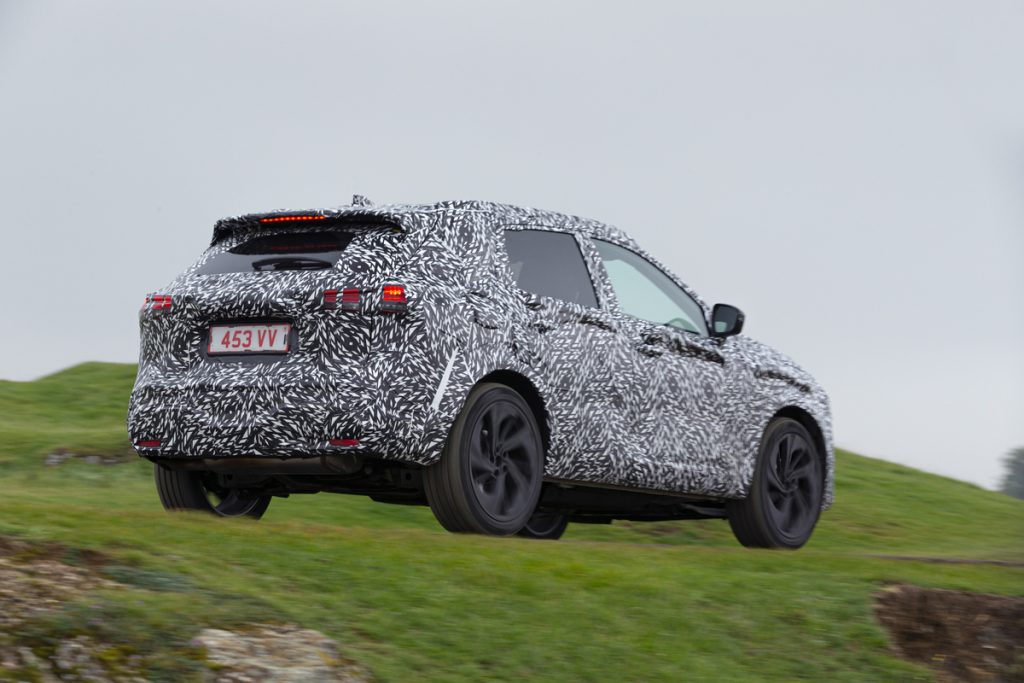
New Suspension and Steering Design
The new Qashqai will continue to offer a rewarding driving experience – building on its reputation as a refined and cossetting drive, but nevertheless, enjoyable when the road turns twisty.
The model has a new platform which boasts torsional rigidity of vehicles from a higher segment. This allows the suspension to remain precisely located, ensuring positive and confidence-inspiring responses to steering inputs and a more solid feel when driving on rough roads.
Thanks to the fresh platform, the new Qashqai has an updated Macpherson strut set-up at the front and at the rear. For the two-wheel drive Qashqai specified up to and including 19” wheels, rear suspension is a torsion beam configuration. For 20” wheels and all-wheel drive versions, it will be equipped with an advanced multi-link set-up.
The torsion beam installation offers improved bump absorption and road-noise suppression, resulting in a composed and quiet drive on all road surfaces. Key to its wide-ranging abilities is the change in spring and damper to a vertical alignment. This allows the spring and damper to work in their optimal stroke range, maximising their effectiveness for more controlled response to bumps and shocks in the road and to minimise rebound for a settled, composed ride, while maintaining excellent anti-roll performance through changes of direction.
The advanced multi-link rear suspension configuration offers a best-in-segment balance between ride comfort and dynamic response. It is now mounted to the sub-frame by bushes, which reduce road noise and vibrations transmitted from the road.
The power-steering set-up has been upgraded, offering improved response, better feeling around the central part of the steering range and reduced friction.
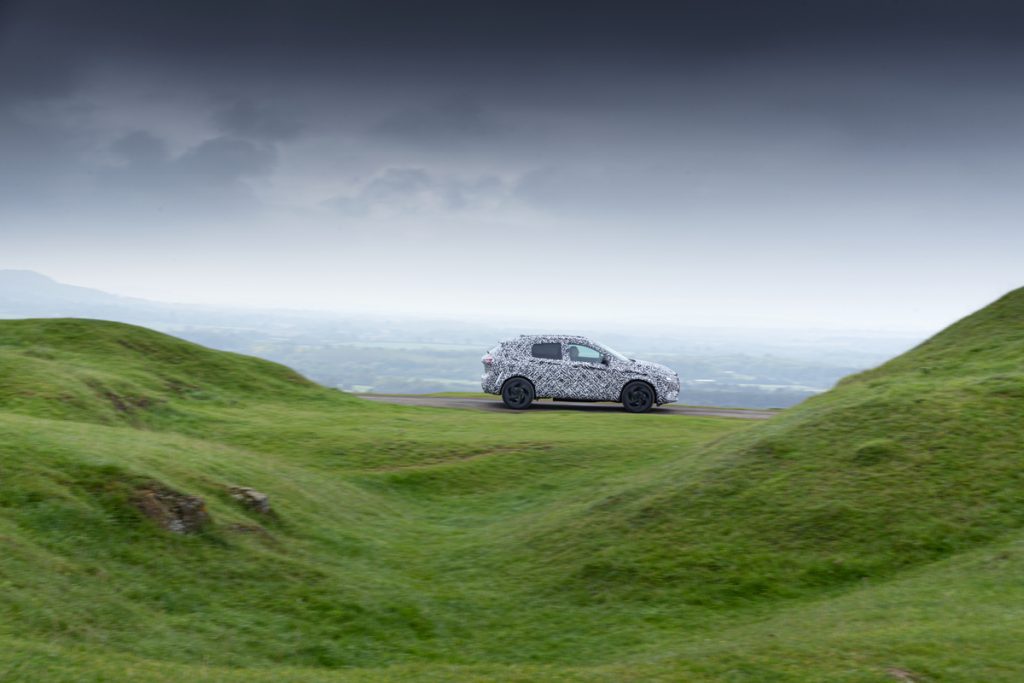
Innovation for Efficiency
The new Qashqai will offer two powertrain solutions – a flexible and efficient 1.3-litre petrol engine with mild hybrid technology, while Nissan’s e-POWER electric motor driven system will bring the instant acceleration EV feeling to the Qashqai, without the range concerns.
With the more torsionally rigid body-in-white structure, the drive for optimal efficiency in the new Qashqai has been at the heart of the entire development process. And that drive for efficiency extends to the use of the flexible 1.3-litre petrol engine which will be available in two power outputs, both combining responsive characteristics with frugality and low emissions.
The 1.3-litre petrol engine has been extensively updated to include a mild hybrid system. The 12v system incorporates a separate lithium battery installation mounted under the floor and belt driven generator to harvest braking energy. This allows the engine’s systems to run on harvested energy, extending the duration of the stop/start function which reduces the engine’s overall CO2 emissions. Additionally, it allows coasting and also offers torque support under acceleration.
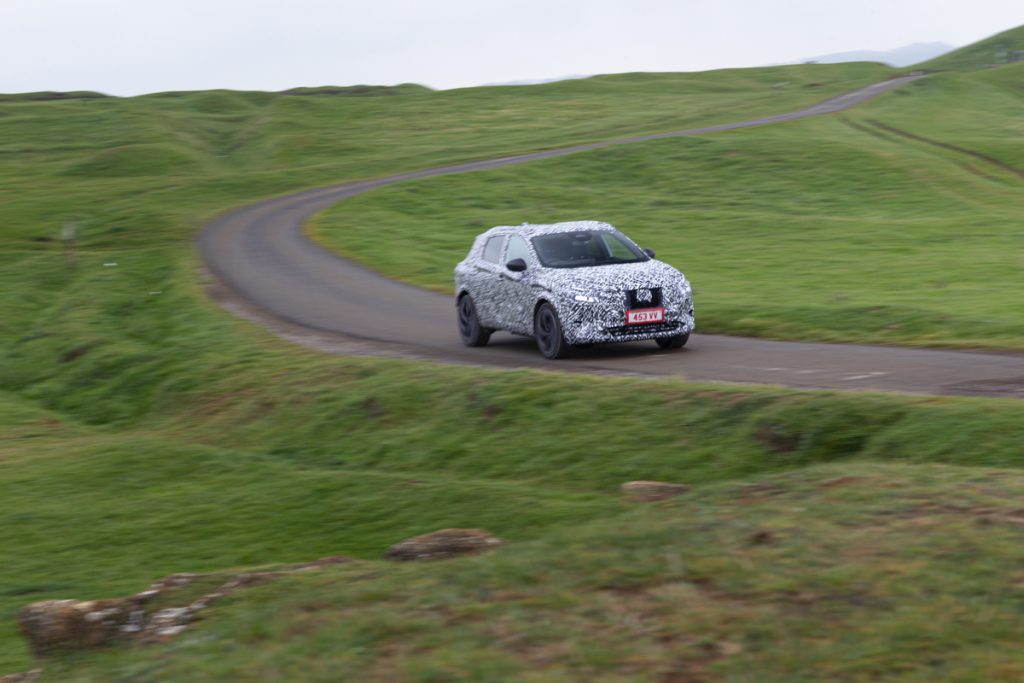
Upgraded ProPILOT Driver Assistance
The new Qashqai will be equipped with the next generation of ProPILOT driver assistance, bringing greater driver support in a wider array of circumstances. Called ProPILOT with Navi-link, the system has been designed to reduce fatigue and stress while driving, while being very intuitive to use.
ProPILOT with Navi-link is able to accelerate and brake the vehicle within a single-lane on a road. The system can accelerate the vehicle to cruise at a set speed, and can brake the vehicle in heavy stop-start traffic. The system is able to resume automatically if the vehicle has been stationary for less than three seconds and the traffic in front of the car moves away.
The steering system and the camera are constantly updating the car’s position, helping it to stay centred within the lane while maintaining a pre-determined speed but with the capability to adapt and maintain a safe distance to the car in front.
On the all-new Nissan Qashqai, the updated system is now able to adapt the car’s speed according to additional external circumstances: when the car crosses to a lower speed limit, the system is able to read road signs and take into account navigation system speed limit data to slow the Qashqai to the appropriate speed, meaning you don’t need to adjust the cruise control speed manually.
The system can also use data from the navigation system to adjust the speed for approaching curves or exit ramps that have a tighter radius.
Furthermore, ProPILOT with Navi-link can now communicate with the Qashqai’s blind-spot radars to help intervene with a steering input correction to help prevent a lane-change manoeuvre if there is a vehicle in the blind-spot zone.
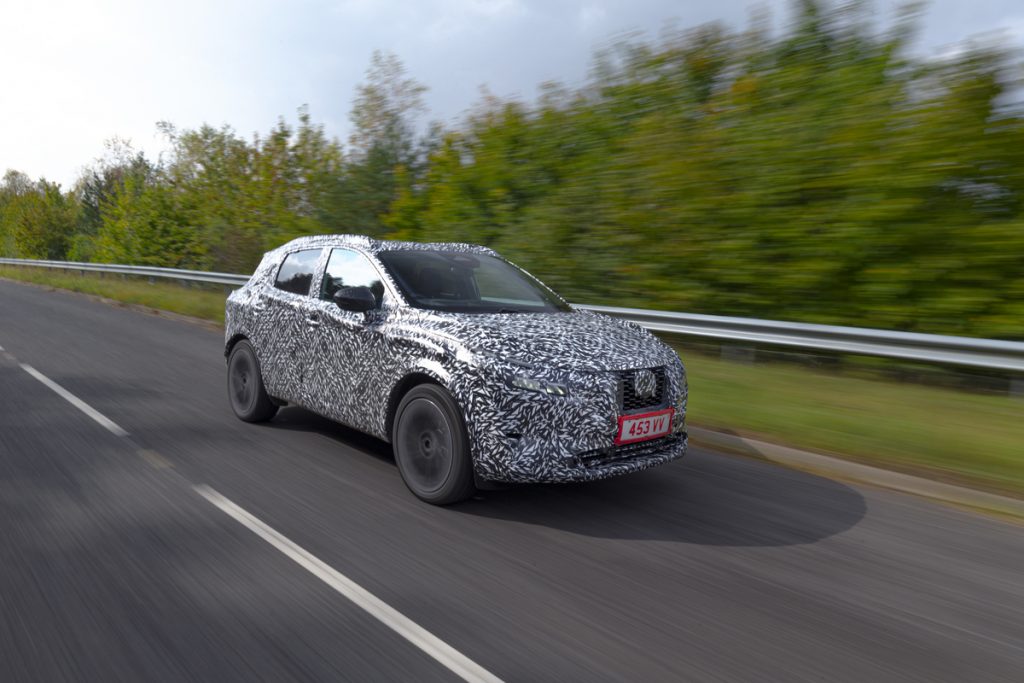
Intelligent LED Headlights
The current Qashqai has been equipped with LED lights on upper grades since its launch in 2014. And those on the top-grade Tekna version swivel to follow the road in response to steering wheel inputs.
For the new Qashqai, Nissan’s engineers have developed an advanced headlight system that adapts the shape of the beam according to the road conditions and other road-users. The beam is divided into 12 individual elements that selectively deactivate upon detection of an oncoming vehicle. Thanks to this innovation, it can project a brighter beam further and wider, but the shape effectively changes so oncoming road-users will not be dazzled.
Qashqai: A Crossover Pioneer
In 2007, when the Qashqai was introduced there was nothing else like it on the road.
Its seating position was a little higher, allowing a better view down the road, but its overall footprint was the same as its C-segment hatchback peers. Its petrol and diesel engine options were frugal and efficient, but there was an all-wheel drive version for those who needed the extra traction in challenging conditions. In summary, it offered an excellent balance between the compact dimensions of a hatchback, with the sense of robustness and elevated view afforded by a traditional four-wheel drive, without the size, weight or efficiency penalty. In doing so, it delivered the best of both worlds by breaking down the barriers to SUV ownership.
Despite the arrival of many European competitors, the first generation Qashqai sold in excess of 200,000 units per year on average throughout its life.
The second generation Qashqai went on sale in Europe in 2014, with a more striking design and more efficient engines, more refinement and more convenient technology. The second generation Qashqai broke a UK record, being the fastest UK-produced vehicle to reach the landmark of 500,000 units produced.
To date, over 3m units of Qashqai have been sold in Europe – and over 5m globally.


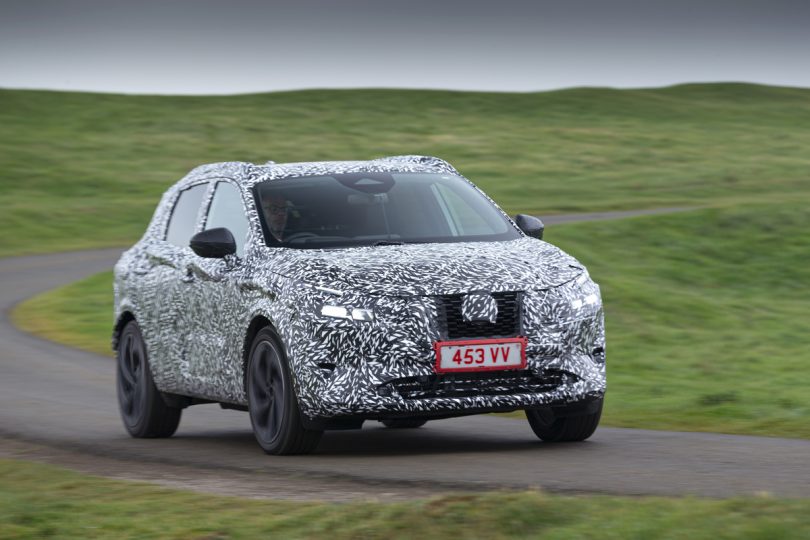


























Leave a Comment
You must be logged in to post a comment.